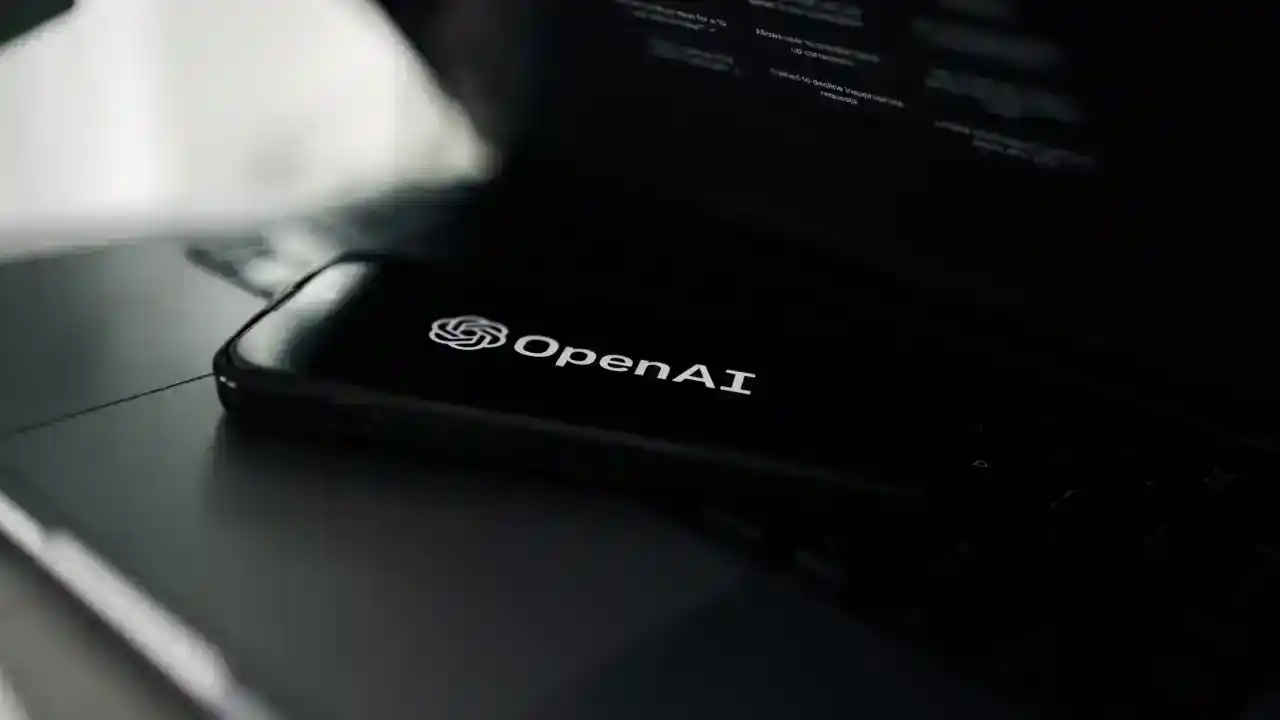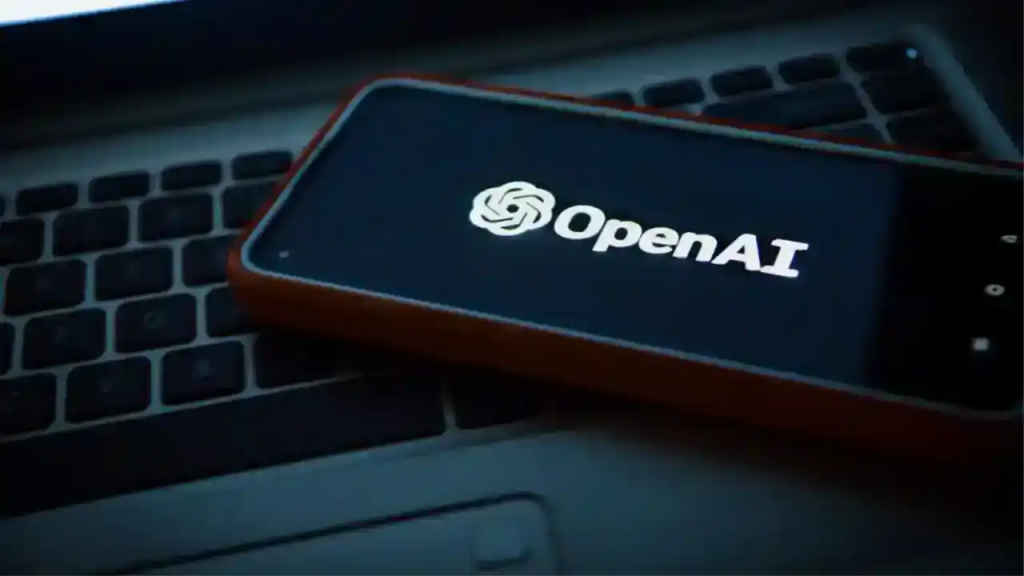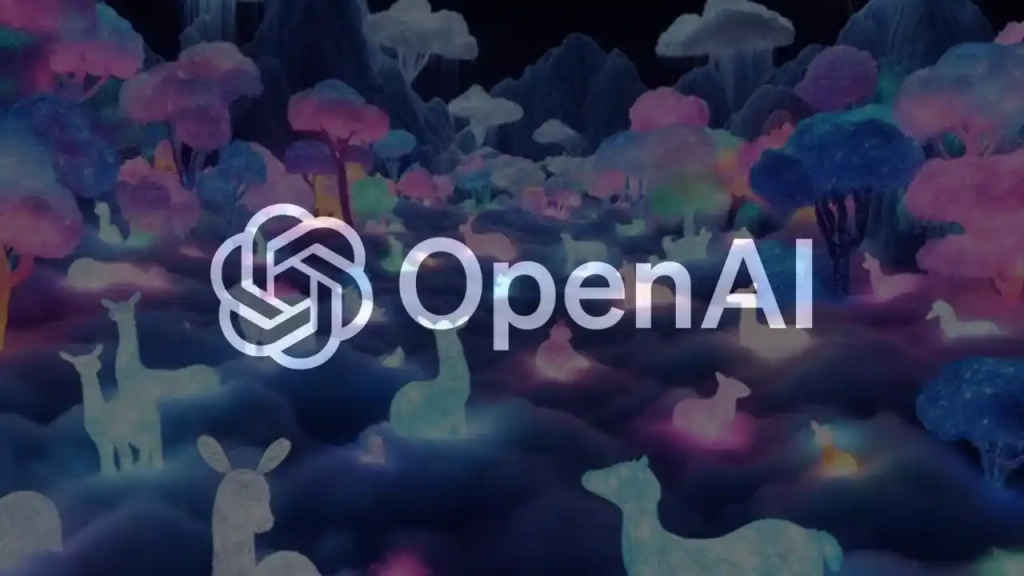OpenAI testing text watermarking for ChatGPT: What it means for users
One of the latest developments of OpenAI is the testing of text watermarking.
This technology aims to embed a hidden identifier within the text generated by ChatGPT.
According to OpenAI, the watermarking method has shown high accuracy, particularly in detecting localised changes like paraphrasing.

Many people rely on ChatGPT for generating text, from creative writing to technical documentation. As AI-generated content becomes more prevalent, understanding the origin of this content is increasingly important. To address this, OpenAI has been working on new methods to ensure the authenticity of AI-generated text.
 Survey
SurveyOne of the latest developments is the testing of text watermarking for ChatGPT. While the company has not revealed that how the watermarking technology would work on text, I think it might include embedding a hidden identifier within the text generated by the model. The idea is to make it easier to trace and verify whether a piece of content was produced by AI.
Also read: OpenAI unveils cost-efficient GPT-4o mini model: What is it and how it works

According to OpenAI, the watermarking method has shown high accuracy, particularly in detecting localised changes like paraphrasing. However, it faces challenges with more sophisticated tampering methods, such as using translation tools or other generative models to alter the text.
Despite its potential, text watermarking comes with some concerns. Research suggests that it might disproportionately affect certain groups, particularly non-native English speakers who use AI as a writing aid. Additionally, the method might not be foolproof against all types of tampering.
Also read: OpenAI launches GPT-4o AI model that’s free for all ChatGPT users: What’s new

OpenAI is also exploring other approaches, such as metadata and detection classifiers. Metadata, which is cryptographically signed, could provide a more reliable way to track the origins of text. Detection classifiers are tools that use AI to identify whether content was generated by OpenAI’s models.
These developments are part of OpenAI’s broader effort to enhance content authenticity and transparency. By participating in standards like C2PA and developing new tools, OpenAI aims to build trust in AI-generated content.
In my opinion, the introduction of text watermarking could be a double-edged sword. On one hand, it represents a significant step toward ensuring the traceability and authenticity of AI-generated content. This can help users differentiate between human and AI-generated text, fostering greater trust in digital content.
On the other hand, the challenges associated with watermarking, particularly its potential impact on non-native English speakers and its vulnerability to sophisticated tampering, suggest that it’s not a perfect solution yet.
Ayushi Jain
Tech news writer by day, BGMI player by night. Combining my passion for tech and gaming to bring you the latest in both worlds. View Full Profile